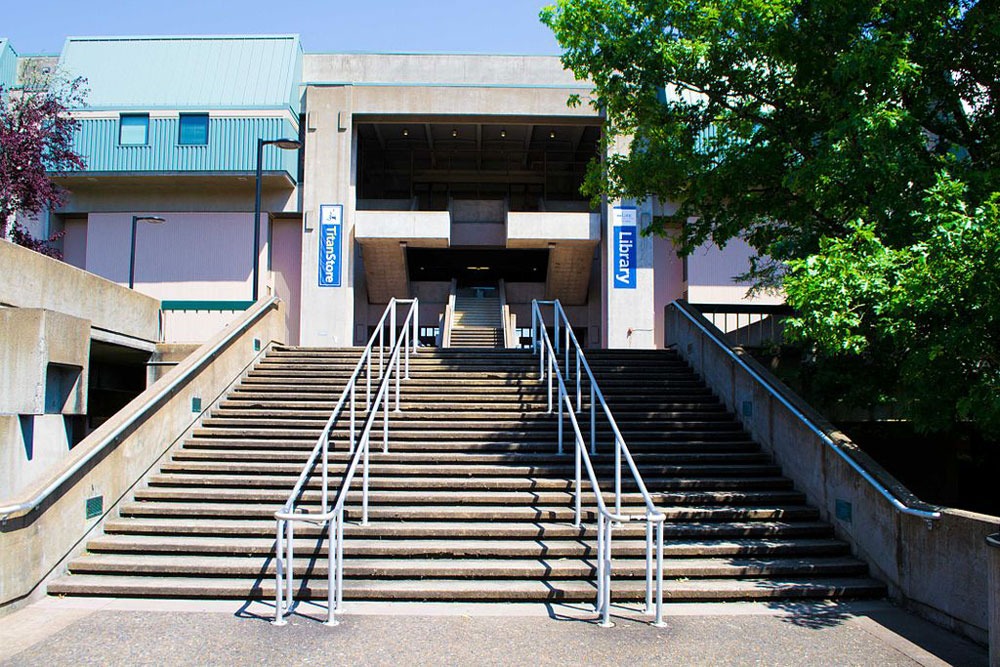
October 10, 2019; New York Times
Leaders of colleges and universities face an existential problem: since 2011, enrollment in two- and four-year programs has declined by more than 2.9 million students. Only a small number of schools, about 11 a year, have been unable to enroll enough students to remain sustainable, but what’s not small is the economic pressure that builds as student bodies shrink. It pushes against the traditional nature and culture that has marked the core purpose of higher education.
Because declining enrollment means declining revenue, it cannot be shrugged off or ignored. As Steve Thorsett, president of Willamette University, described the problem recently in comments reported by the New York Times, “This is a business. It’s not for profit, but we have to keep the lights on. We have to build a model that’s sustainable.” On the other hand, Shirley M. Collado, president of Ithaca College, in an interview recently cited by NPQ, said, “The dip, as unfortunate as it is, presents an opportunity for a strategic shift.”
The reflexive response has been to do more of what is traditional: market more heavily, reduce expenses, and downsize. None have provided the desired relief. Schools of all sizes have cut the number of degree programs they offer and their range of classes. They’ve also replaced full-time, tenured or tenure-track faculty with less expensive adjunct instructors. Schools with endowments have tapped them to buy time—breathing room to think about what might make an organization more viable.
If you’d like a symbol of the deeper changes emerging from this period of disorder, consider the effort by former governor Scott Walker to redefine the mission of Wisconsin’s state university system back in 2015. As noted by NPQ at the time, he called for the removal from its mission a commitment to “extend knowledge and its application beyond the boundaries of its campuses” and develop “methods of instruction, research, extended training and public service designed to educate people and improve the human condition.” In the past, it was agreed that “basic to every purpose of the system is the search for truth.” In its place, the University should be a conduit to successful employment based on the needs of business.
Sign up for our free newsletters
Subscribe to NPQ's newsletters to have our top stories delivered directly to your inbox.
By signing up, you agree to our privacy policy and terms of use, and to receive messages from NPQ and our partners.
In truth, few if any of the new paths being tried lead to better education. Rather, they focus on giving the college experience more utility, more clearly tying college to future work. New courses and degree concentrations are chosen based on their potential to connect students to jobs. Health policy, coding, security, and games industry management are among the degree tracks that have joined history, chemistry, and education in the hunt for students.
Partnerships with employers provide promising economic opportunities but change the basic relationship between school and student. The Times says colleges have turned to “selling corporate training” to “employers, who cover the costs and pay full price without requiring the colleges to give discounts or financial aid.” As Patrick O’Keefe, a business reorganization and turnaround expert, says, “The corporation makes it easy…you’re dealing with a deep-pocketed customer. Why wouldn’t you tap into that?”
This change in focus from education to workplace preparation makes education more like a product. Accordingly, the institutions are being led less by educators who have learned to manage complex organizations and more by executives who have turned to education as their product of choice. According to Miles K. Davis, the president of Linfield College, “What a president does these days has very little to do with academic programs. It has a lot to do with business, finance, labor law, marketing, fundraising. You need people who can think entrepreneurially.”
Davis took over at Linfield in July. Before that, he was a business-school dean and a managing consultant and principal for EDS, now part of Hewlett-Packard.
This pressure to change mission and redefine entire sectors in service of sustainability is not limited to colleges and universities. Many nonprofit organizations face similar challenges, which tend to happen iteratively. The radical reshaping of the University has yet to reach a final form.—Martin Levine













